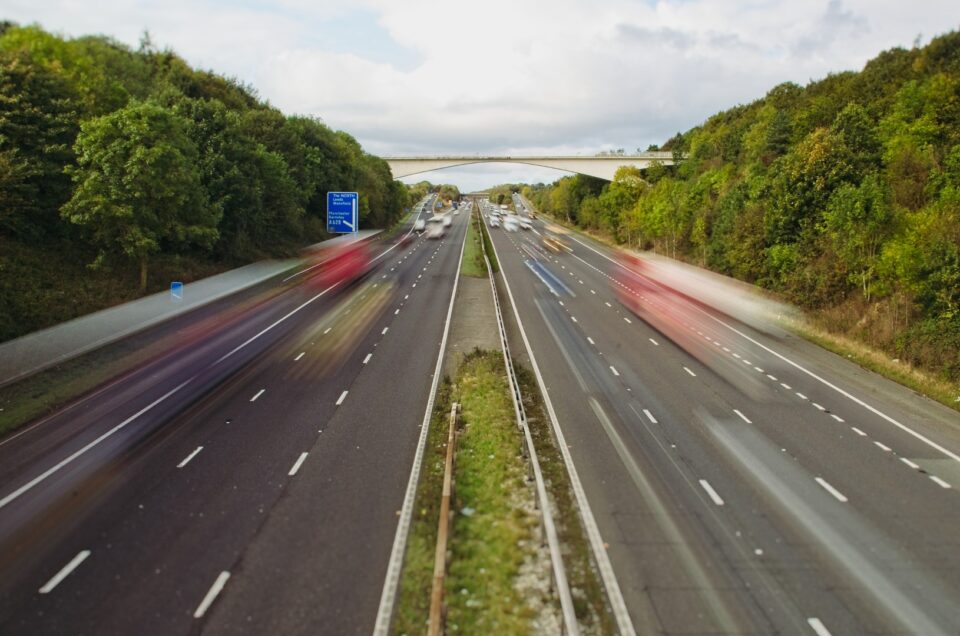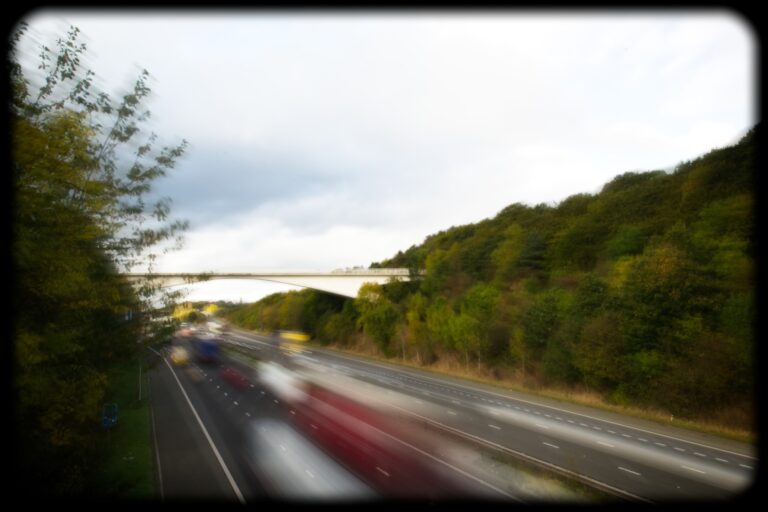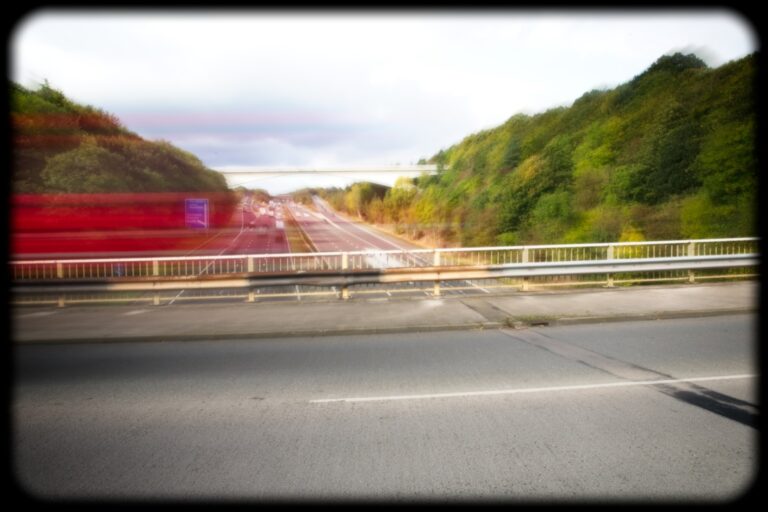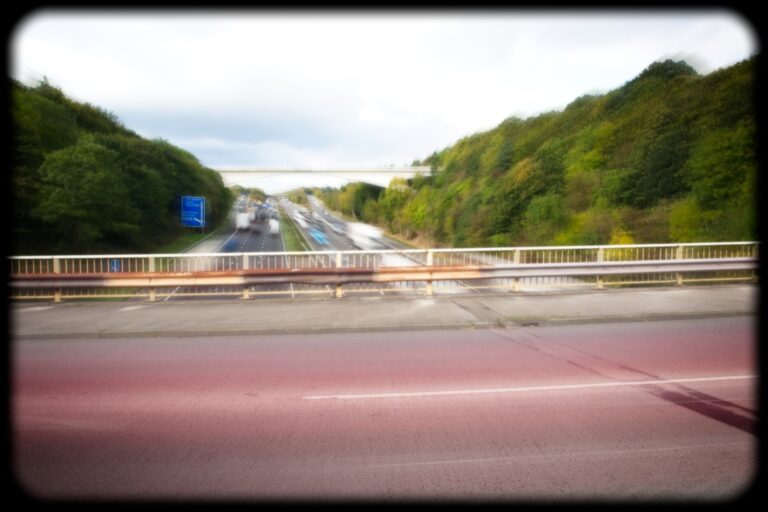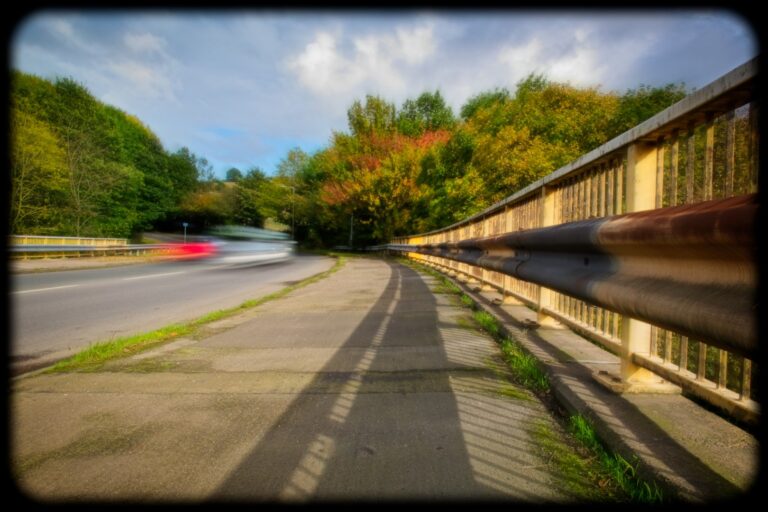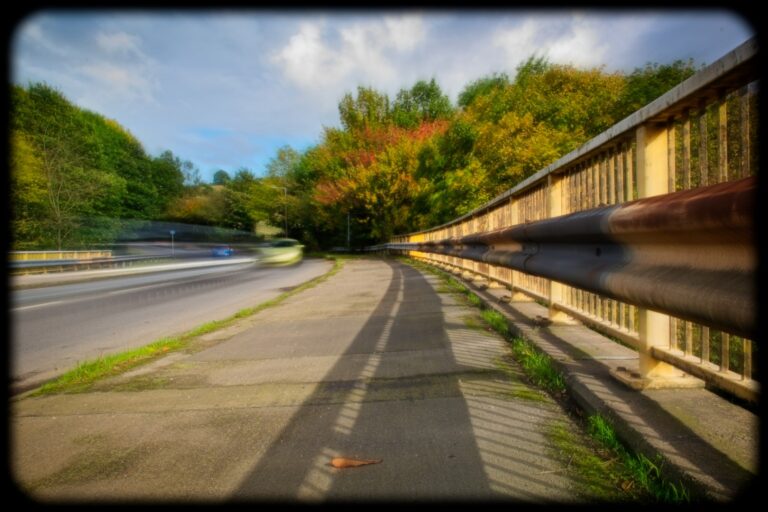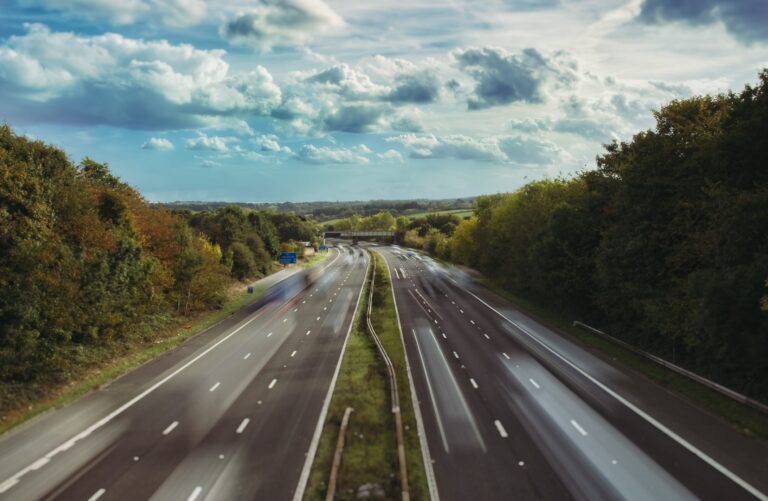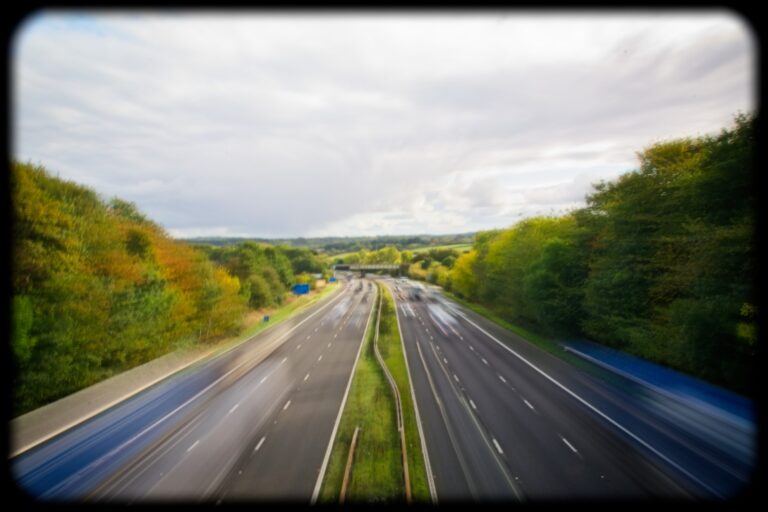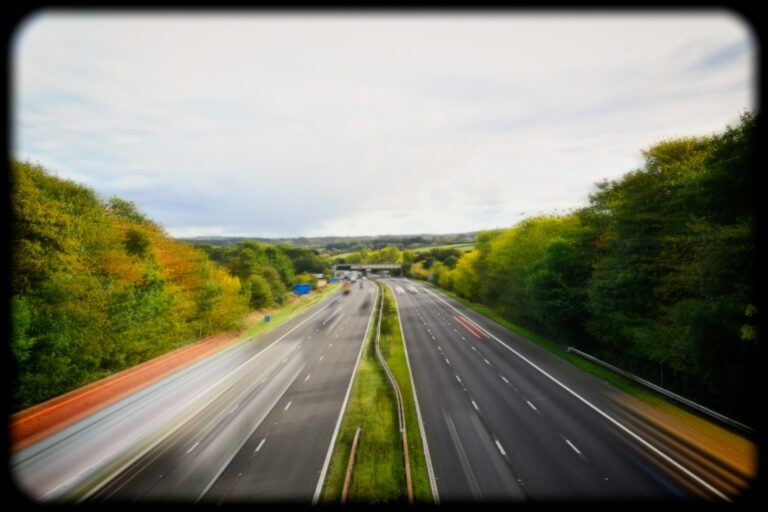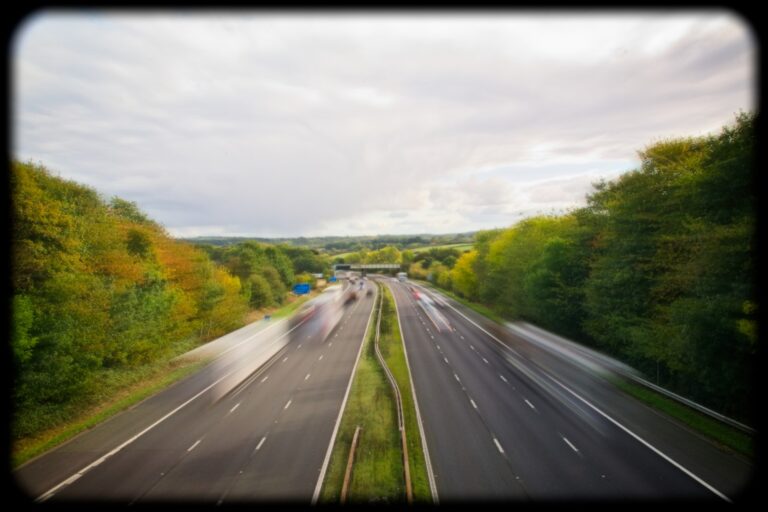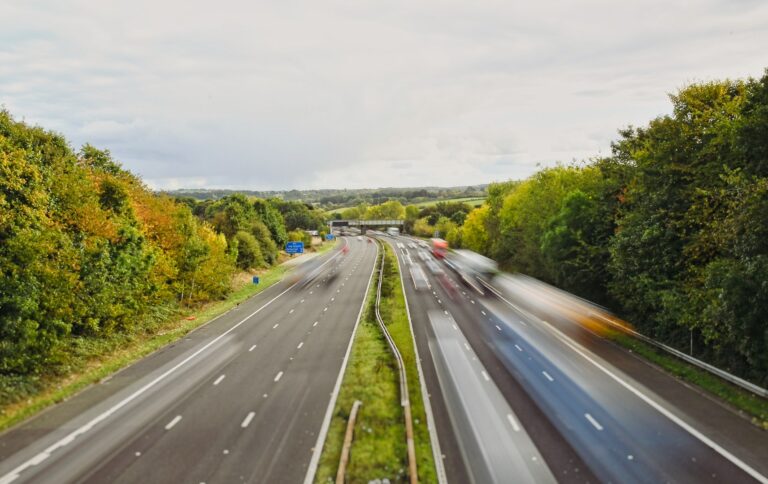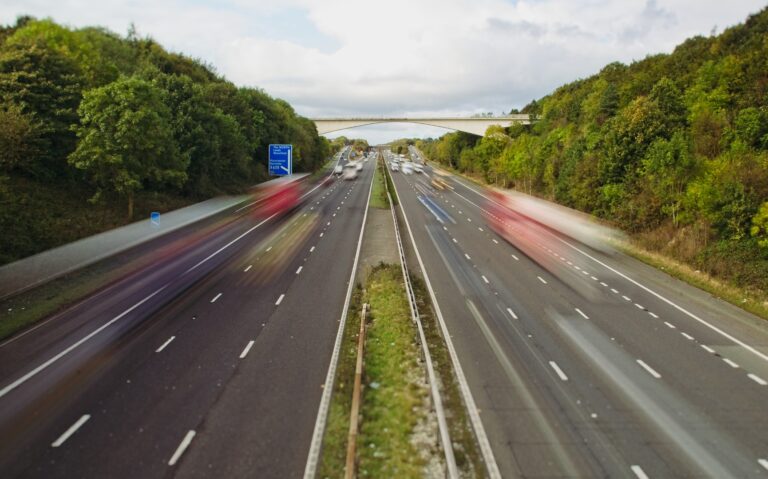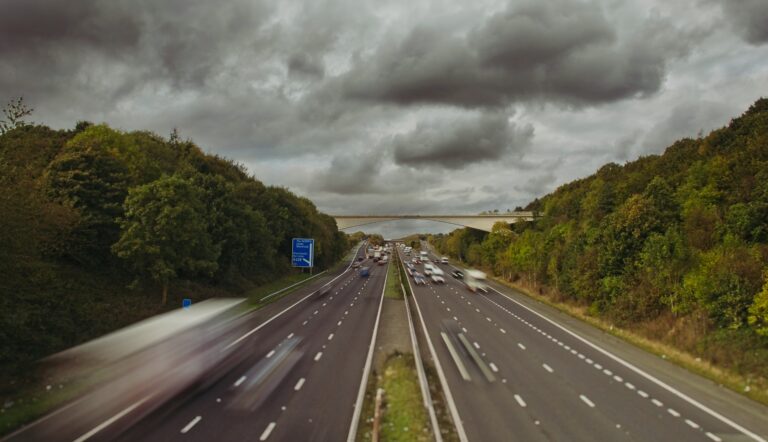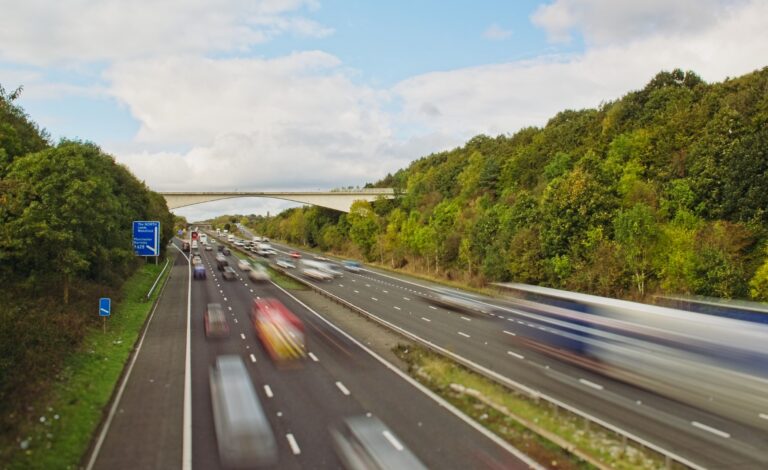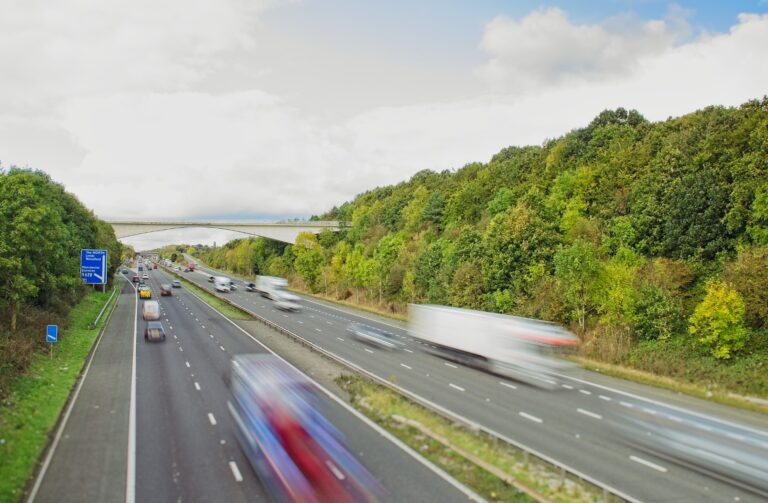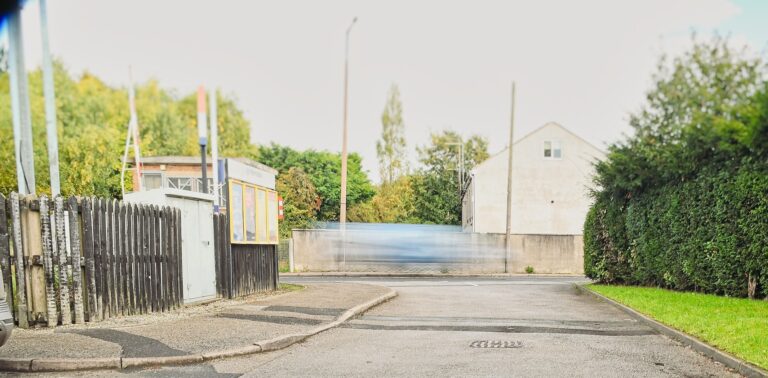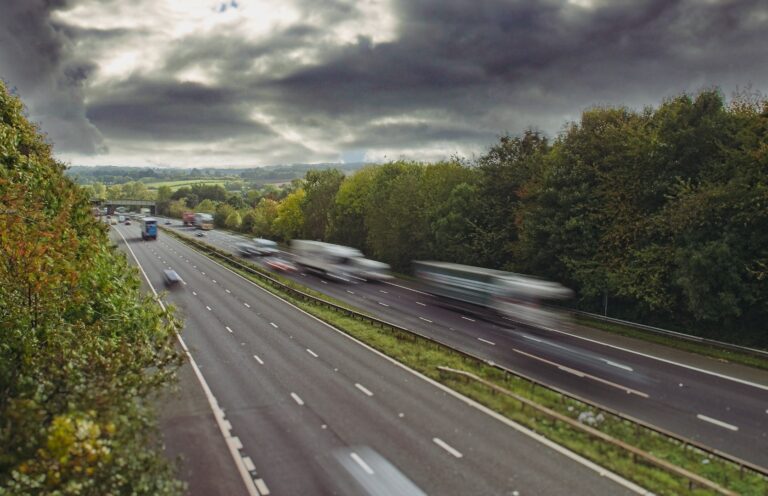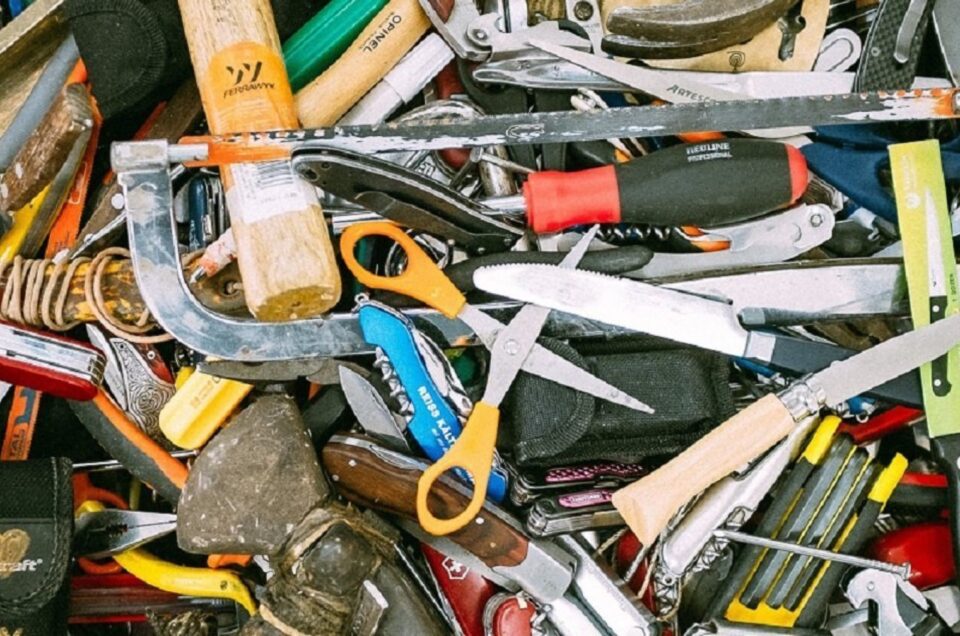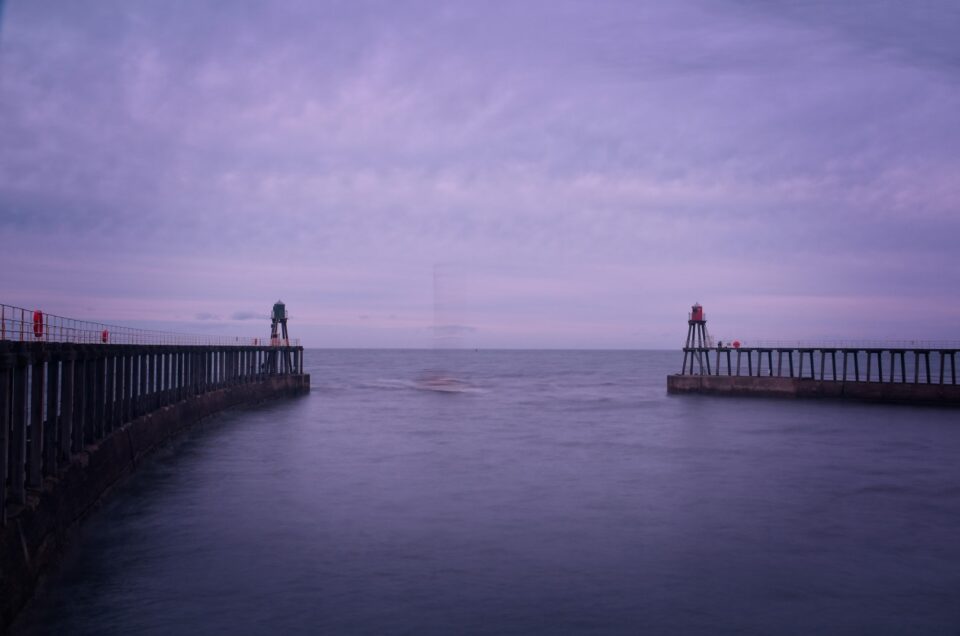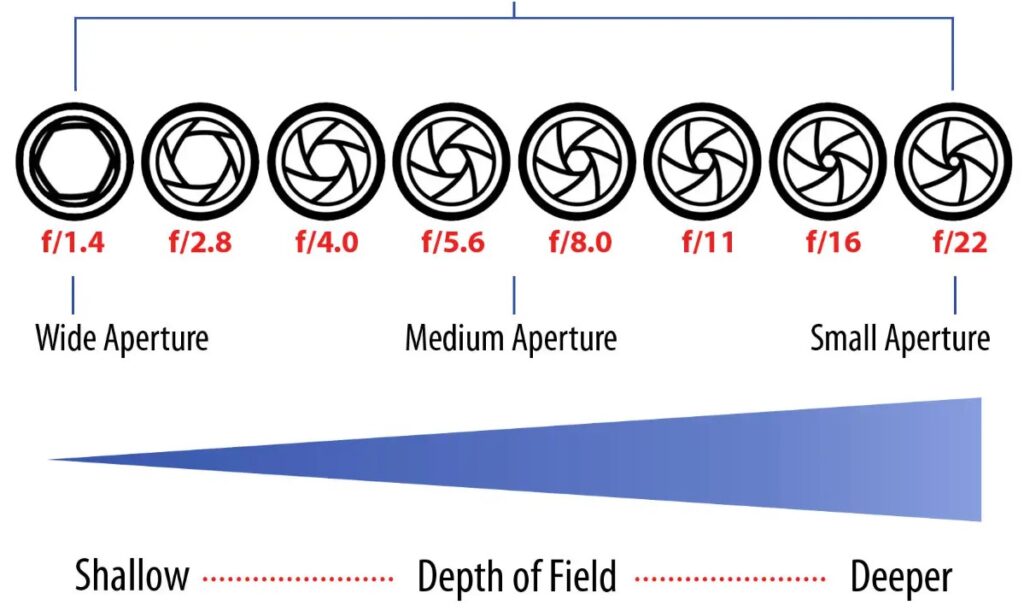I’ve been struggling with a block recently, constantly turning from one direction to another, not knowing what I wanted to do, photograph, learn or research. I’ve got my website to a good place (finally!) so its time to push on and build on that solid base.
But, where do I go next and what should I learn?
I’ve got a stack of photography books waiting for me to read but I’ve been picking them up, casually leafing through the pages and putting them down again. There’s loads I want to dig deeper on, loads of eMails I’ve received from subscriber lists I’m on but everything is building up. I’ve spent a couple of weeks not really getting anywhere…
So, I’ve finally pulled myself together and on the back of an eMail I received – which I actually read – I plucked long exposures from my long list of topics and tried a few things out. This is something I’ve tried before but mostly at night – where its relatively easy to produce great pictures from light trails in various places – city centre, a bridge looking down to a motorway, etc. What I though I’d do this time was try it during the day to make it much more challenging for myself.
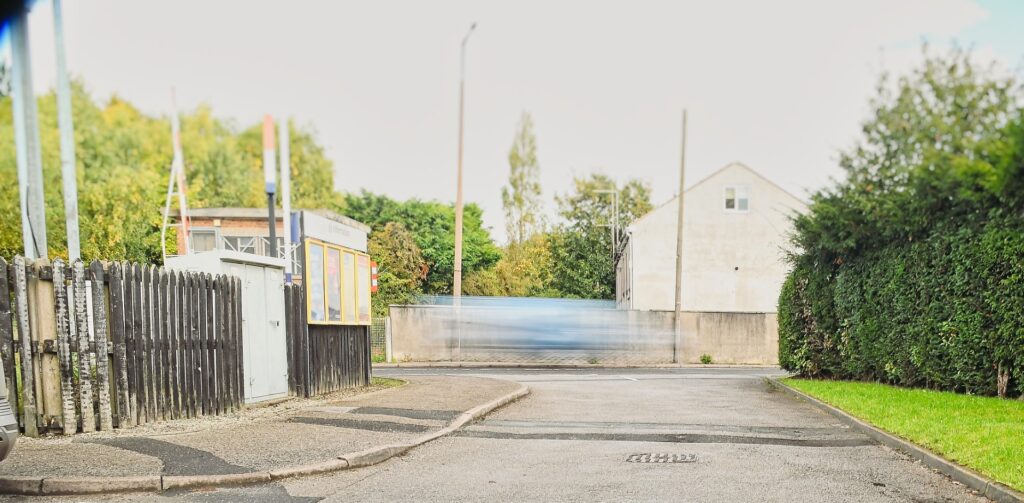
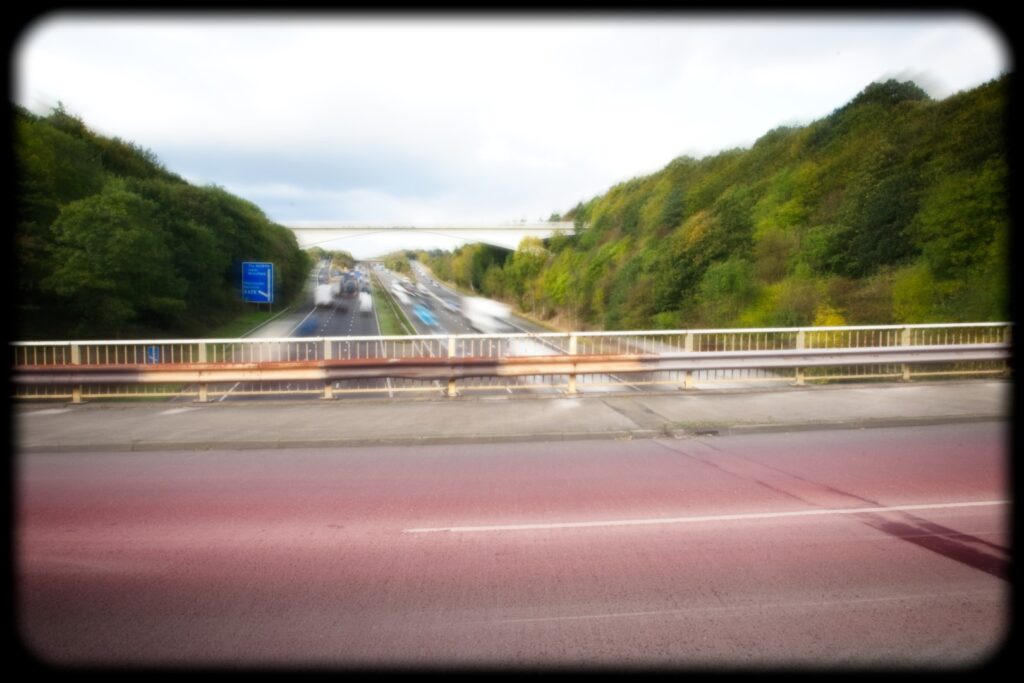
"Long exposure: the dance between stillness and motion." – Unknown
Taking long exposure photographs during the day can create stunning images, like smooth water surfaces, motion-blurred clouds, or bustling cityscapes that appear almost deserted. To do this, you’ll need a Neutral Density (ND) filter, which reduces the amount of light entering the camera, allowing for longer exposure times even in bright daylight.
Here’s a step-by-step guide to help you get started with daytime long exposures using an ND filter.
Choose the Right ND Filter
- ND filters come in different strengths, measured in stops, which determine how much light they block. The higher the number of stops, the more light they block.
- For daytime long exposures, you’ll typically need a filter with at least 6 stops (ND64), but for more dramatic effects, 10 stops (ND1000) or even 15 stops (ND32000) are commonly used.
- Consider the level of light you’re shooting in. For very bright conditions, a stronger ND filter will help you achieve longer exposures without overexposing.
Set Up Your Camera on a Tripod
- A tripod is essential to keep your camera stable during long exposures.
- Ensure your tripod is stable and can hold your camera steady for extended periods, as even slight movements will blur your image.
Compose and Focus
- Compose your shot without the ND filter on so that you can see clearly through the viewfinder or on the screen.
- Switch your lens to manual focus to avoid your camera trying to refocus when the ND filter is attached. Manually focus on the part of the scene that you want to be sharp.
Calculate Your Exposure Time
- With the ND filter off, set your camera to Aperture Priority (A/Av mode) and choose a small aperture (e.g., f/8 to f/16) to get a baseline exposure. Note the shutter speed your camera chooses.
- Use an ND filter calculator app or manually calculate the new shutter speed based on your ND filter strength. For example, if your base shutter speed is 1/125 sec, and you’re using a 10-stop ND filter, you’ll need an exposure of 8 seconds.
Switch to Manual Mode and Apply the ND Filter
- Switch to Manual Mode (M) on your camera and set the aperture, ISO, and calculated shutter speed.
- Carefully screw on or attach your ND filter. Be cautious not to bump your camera, as this can change your composition or focus.
Take the Shot
- Use a remote shutter release or your camera’s built-in timer to avoid camera shake when you press the shutter button. This is especially important for longer exposures.
- Check your image. If it’s overexposed, reduce the exposure time or use a stronger ND filter. If it’s underexposed, increase the exposure time.
Experiment with Exposure Times
- Long exposures are a bit of trial and error. Try different exposure times to see how they affect the look of your image, especially if you’re capturing moving clouds or water.
- Remember that the light may change throughout the day, so you might need to recalculate exposure as you go.
Additional Tips
- Use a Low ISO: Keeping your ISO low (ISO 100 or lower) will minimize noise and maximize image quality during long exposures.
- Bracket Exposures: Take multiple shots at slightly different exposure times to ensure you get the perfect shot.
- Mind the Weather: Wind can cause vibrations on your tripod, and changing light conditions may impact your exposure settings. Cloudy days often provide a more even light, which can be ideal for long exposures.
Daytime long exposures with an ND filter open up a lot of creative possibilities, so experiment with different filters and subjects to see what effects you like best. Enjoy capturing those dreamlike, silky smooth scenes!
